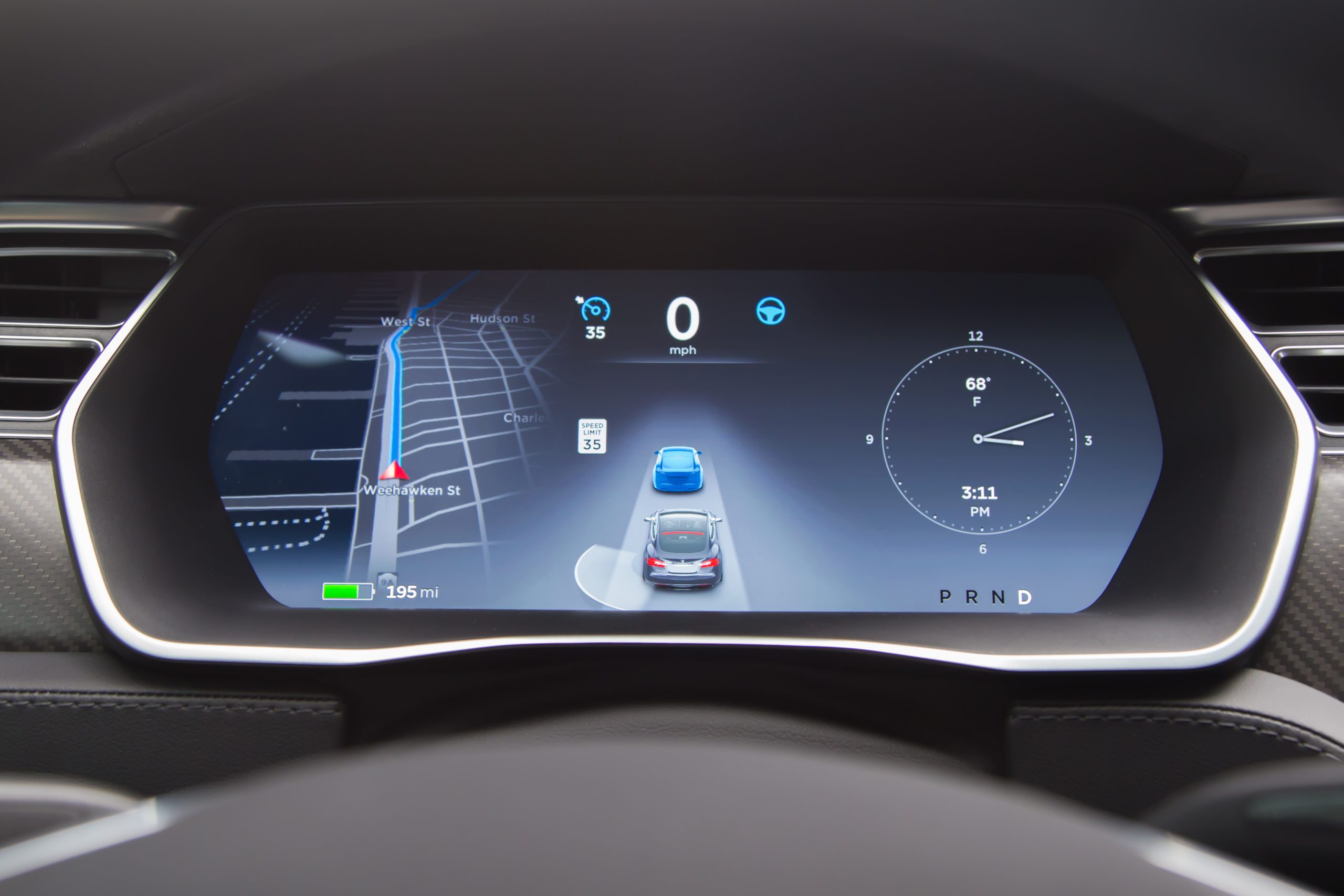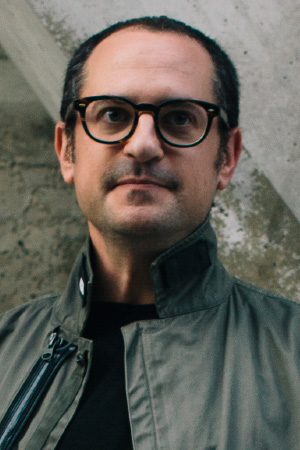In a press conference held with little advance notice, Tesla announced on Sunday that it will make more use of the radar sensors fitted to its electric vehicles when it releases firmware version 8 some time in the next two weeks. This is somewhat of a volte-face for the EV maker—just over a year ago Elon Musk told Ars that he considered optical cameras "sufficient for the task."
Radar and its discontents
All Teslas built since October 2014 include radar sensors, which the carmaker says were only meant to be supplementary to the primary camera system. However, in recent months Tesla has fallen out with optical sensor supplier Mobileye, and this move answers our question as to whether the company would develop its own sensors. "After a lot of analysis and getting some upgraded drivers from the supplier [of the radar sensors] we now believe we can combine that with fleet learning and almost entirely eliminate false positives," he said.
The problem of radar false positives—and therefore cars emergency braking for no reason—was previously high enough that a Model S or Model X owner would have seen several unwanted braking events a year, Musk explained. With the revised system he believed that "most people shouldn't experience one within their ownership of the car."
There's still no change to Musk's stance on Lidar; he rejected the idea that future Tesla vehicles would use the technology, telling Ars that Lidar "doesn't penetrate occlusions like rain, fog, or snow." He added that radar can bounce, unlike light, allowing the vehicle to see underneath and ahead of a car in front of it. Using the entire fleet of Tesla EVs on the road to perfect the use of radar in Autopilot appears to be key; Musk said that fleet learning was necessary to geolocate any false positive events so they wouldn't affect other drivers.
Musk spoke about the kinds of targets the radar could detect, including "an alien spaceship" or "truck turning across the road," the latter a reference to the fatal Model S crash earlier this year that has seen much scrutiny focused on Tesla's Autopilot system. However Musk said that "large and fluffy" objects could be more of a problem; large moose should be detected but small deer, he told us, wouldn't. While this sounds trivial, there are more than 1,000,000 moose, deer, and elk strikes by cars in North America each year.


 Loading comments...
Loading comments...
